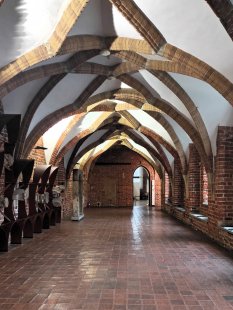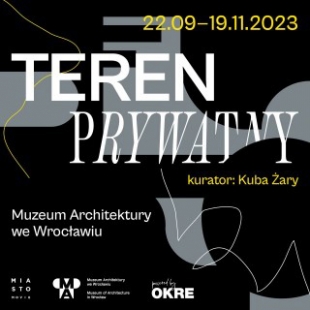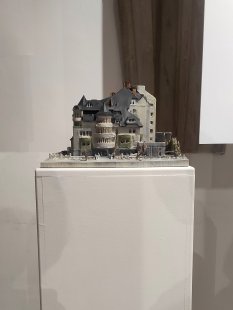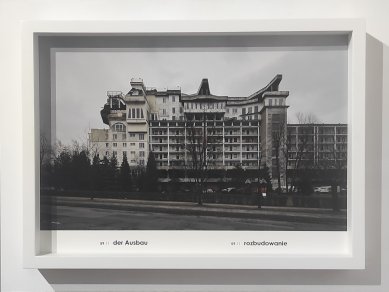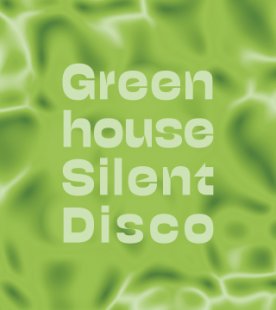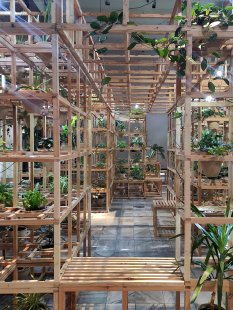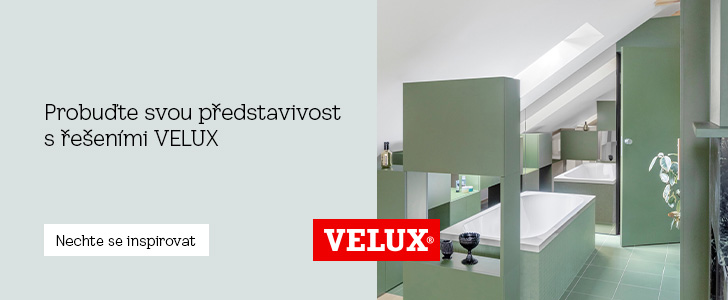
Greenhouse silent disco - exhibitions at the Wrocław Museum of Architecture
"What form can architecture take when it is created without the architect, without permission - answering to nothing and none at all?"
On the first Saturday of November, we head to the third largest Polish city, the Lower Silesian metropolis. Our main destination is the Museum of Architecture in Wrocław, the only institution of its kind in the country. The museum is located in a historic Bernardine monastery on the outskirts of the Old Town. After being destroyed during the war, the monastery was restored in the 1960s, and the Museum of Architecture and Reconstructions, which became independent, moved here. The museum's spaces are fascinating, combining modern installations with the historical arches of the main hall in the Romanesque church of St. Bernardine of Siena. During our visit, two parallel exhibitions are taking place - Greenhouse silent disco and Private Area. Through the glass doors at the entrance with reception, a view of the first exhibition with a single exhibit unfolds. An impressive wooden structure, carrying dozens of houseplants, reflects the idea that plants are active organisms with their own senses, capable of perceiving and reacting. Even though we as humans still do not understand. As we walk through the corridors of the monastery around the paradise courtyard, we head to the main nave of the church, where the museum collections are located, especially fragments of destroyed medieval buildings with outstanding craftsmanship. In a smaller hall, the second exhibition, part of the MIASTOmovie festival, is situated, for which we mainly came. The exhibition "Private Area" curated by Kuba Żary focuses on projects from the turn of the millennium when Poland, just like the Czech Republic, was still learning to "walk in capitalism" after the fall of the Eastern Bloc. Everything is somewhat chaotic, still without established rules, yet very ambitious, expressive with unwavering faith in a better future. Construction definitely does not stand aside. The new feeling of freedom and endless possibilities gave rise to a considerable number of illegal constructions that often cross the line of absurdity and are hard to classify. And that is why the presented buildings are somewhat a testament to the atmosphere of their time when individuality triumphs over harmony with public opinion. They want to stand out at all costs, make no concessions, do not ask questions, and you are certainly supposed to think of them as exceptional, luxurious, and their owners are drowning in money. I would personally call them "entrepreneurial baroque in grand style." One of the presented projects is the hotel Czarny Kot in Warsaw, which is truly a showcase of absurdity. In 1989, the investor received permission to build a one-story building housing an entertainment center. In the early 90s, she applied for permission to add another 2 floors for accommodation purposes. The fact that Elżbieta Studziúska added 4 additional floors and extended the building to the neighboring plot was beyond the authorities' expectations. A monstrous mishmash of turrets, towers, dormers, and balconies is created. The final fate of this controversial Warsaw icon was sealed by the Supreme Administrative Court in 2018, which ruled for the demolition of illegal extensions and additions that took place a year later. The complete removal could be observed by Poles at the end of 2021. Among other included projects that do not care much about rules and regulations, the exhibition's authors presented a villa on the roof in Jastrzbie-Zdrój, an extension of a car service in Kraków, or "Polish Hogwarts" - based on a family house, which turned into a 5000 m² castle in northern Poland near the village of Lapalice. The latter example is a true legend, and after becoming a tourist attraction for lovers of curiosities, the authorities did not order its demolition, but rather are working on its renovation.
More information >
On the first Saturday of November, we head to the third largest Polish city, the Lower Silesian metropolis. Our main destination is the Museum of Architecture in Wrocław, the only institution of its kind in the country. The museum is located in a historic Bernardine monastery on the outskirts of the Old Town. After being destroyed during the war, the monastery was restored in the 1960s, and the Museum of Architecture and Reconstructions, which became independent, moved here. The museum's spaces are fascinating, combining modern installations with the historical arches of the main hall in the Romanesque church of St. Bernardine of Siena. During our visit, two parallel exhibitions are taking place - Greenhouse silent disco and Private Area. Through the glass doors at the entrance with reception, a view of the first exhibition with a single exhibit unfolds. An impressive wooden structure, carrying dozens of houseplants, reflects the idea that plants are active organisms with their own senses, capable of perceiving and reacting. Even though we as humans still do not understand. As we walk through the corridors of the monastery around the paradise courtyard, we head to the main nave of the church, where the museum collections are located, especially fragments of destroyed medieval buildings with outstanding craftsmanship. In a smaller hall, the second exhibition, part of the MIASTOmovie festival, is situated, for which we mainly came. The exhibition "Private Area" curated by Kuba Żary focuses on projects from the turn of the millennium when Poland, just like the Czech Republic, was still learning to "walk in capitalism" after the fall of the Eastern Bloc. Everything is somewhat chaotic, still without established rules, yet very ambitious, expressive with unwavering faith in a better future. Construction definitely does not stand aside. The new feeling of freedom and endless possibilities gave rise to a considerable number of illegal constructions that often cross the line of absurdity and are hard to classify. And that is why the presented buildings are somewhat a testament to the atmosphere of their time when individuality triumphs over harmony with public opinion. They want to stand out at all costs, make no concessions, do not ask questions, and you are certainly supposed to think of them as exceptional, luxurious, and their owners are drowning in money. I would personally call them "entrepreneurial baroque in grand style." One of the presented projects is the hotel Czarny Kot in Warsaw, which is truly a showcase of absurdity. In 1989, the investor received permission to build a one-story building housing an entertainment center. In the early 90s, she applied for permission to add another 2 floors for accommodation purposes. The fact that Elżbieta Studziúska added 4 additional floors and extended the building to the neighboring plot was beyond the authorities' expectations. A monstrous mishmash of turrets, towers, dormers, and balconies is created. The final fate of this controversial Warsaw icon was sealed by the Supreme Administrative Court in 2018, which ruled for the demolition of illegal extensions and additions that took place a year later. The complete removal could be observed by Poles at the end of 2021. Among other included projects that do not care much about rules and regulations, the exhibition's authors presented a villa on the roof in Jastrzbie-Zdrój, an extension of a car service in Kraków, or "Polish Hogwarts" - based on a family house, which turned into a 5000 m² castle in northern Poland near the village of Lapalice. The latter example is a true legend, and after becoming a tourist attraction for lovers of curiosities, the authorities did not order its demolition, but rather are working on its renovation.
More information >
The English translation is powered by AI tool. Switch to Czech to view the original text source.
